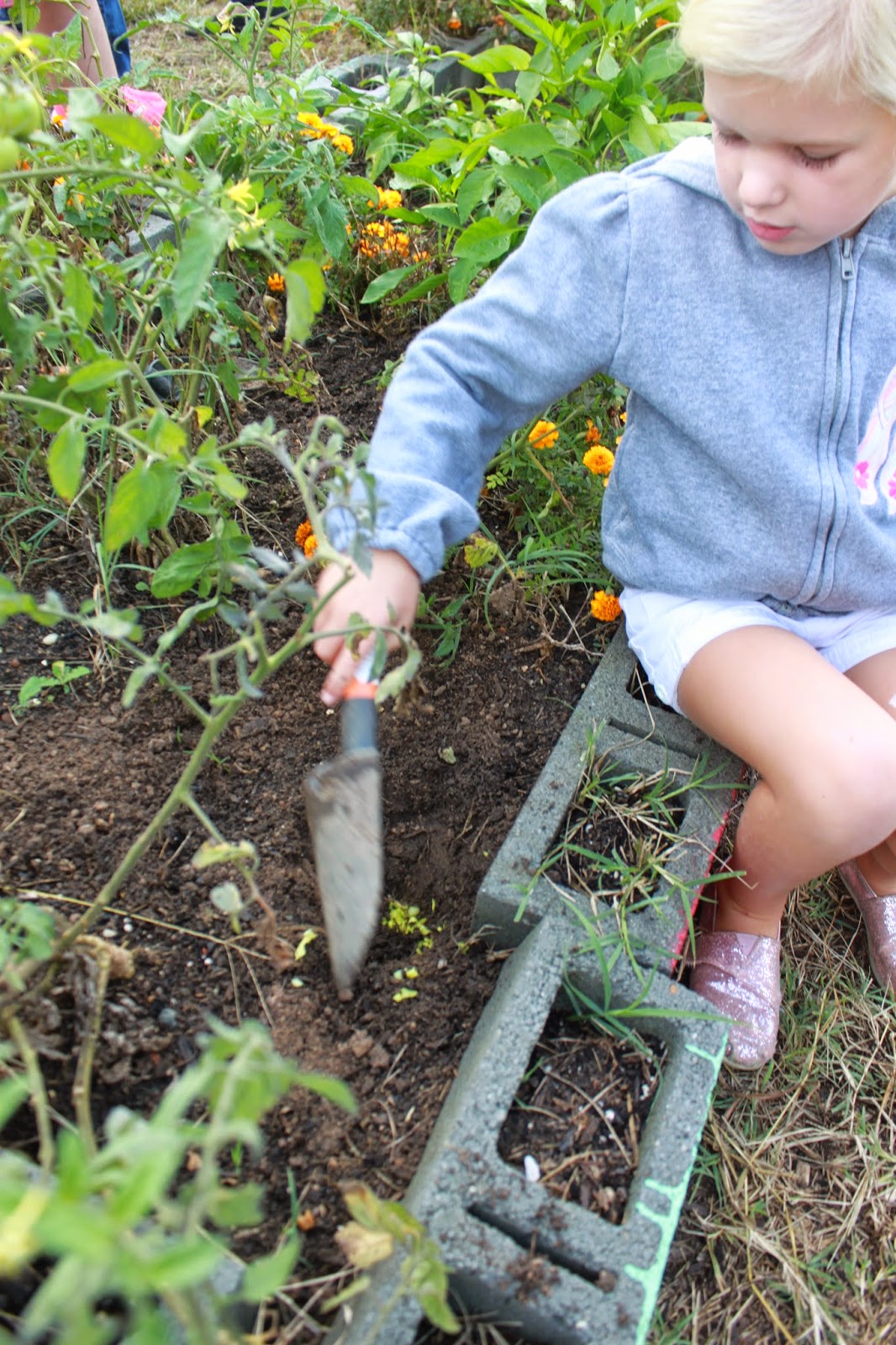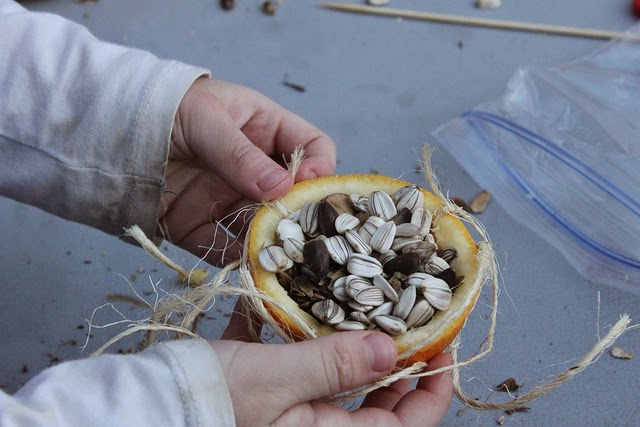In our last meeting, we talked about SEEDS!
We had lots of examples to look at and enjoyed the seeds some of the students brought in to share with us. The book A Seed is Sleepy, by Dianna Aston, helped us understand more about how unique seeds are (some can weigh 60 lbs.!) and how they are similar, as well.
Here is a link to the recipe for the delicious pumpkin muffins that we ate.
We used the different seeds to make mandalas.
The kids worked together on one mandala at each table. We used clear contact paper to stick the seeds on, however glue would have been a better option.
Some of the seeds were too heavy to stick well, so we covered each mandala with another sheet of contact paper.
Another option is to use an old CD as a circular base to make your design. A beautiful example can be seen at Twig and Toadstool.
At the end of our meeting, we headed out to the 2nd grade garden to harvest some of the cabbage that had grown. It's amazing what can come from a tiny seed!



















































